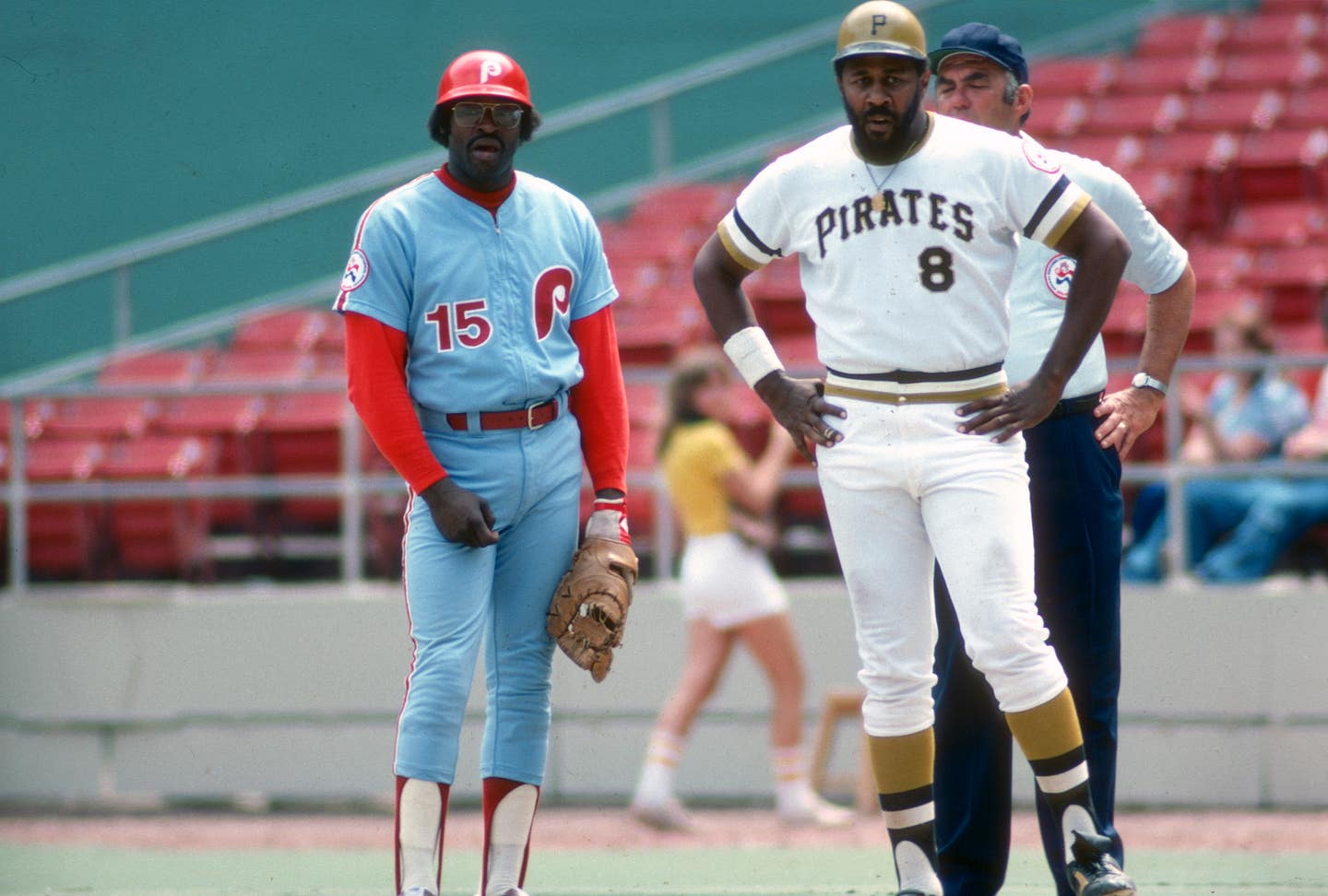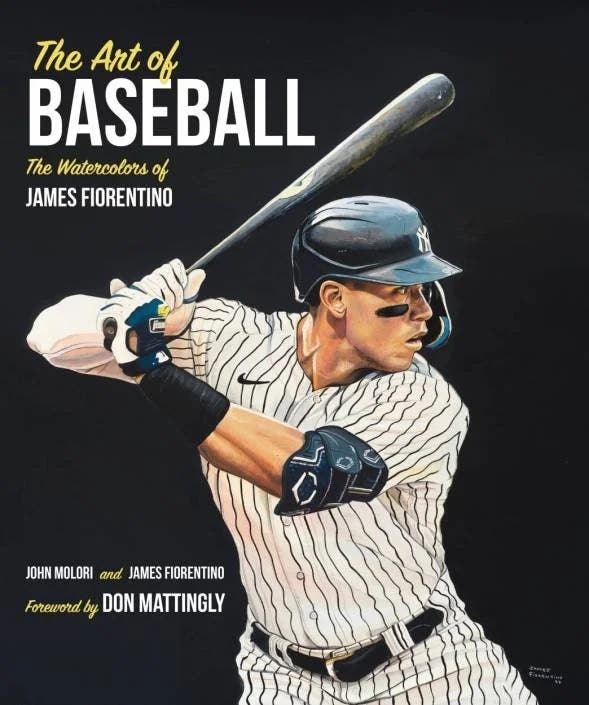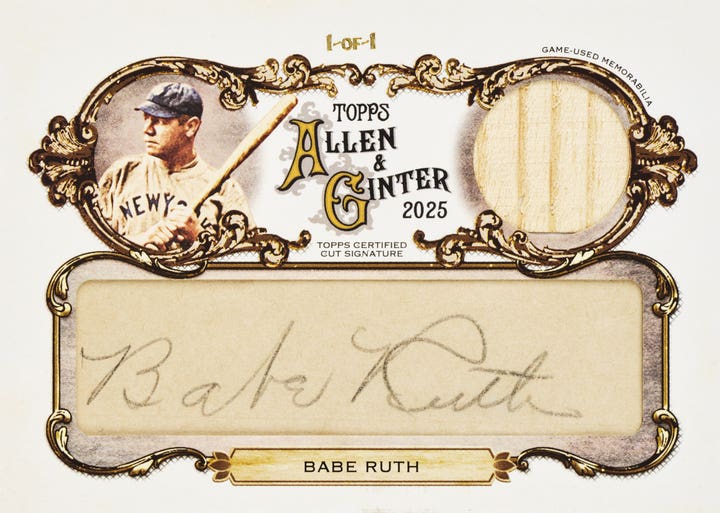
News
Former MVP, slugger Dick Allen finally gets his due with election to Baseball Hall of Fame
Respect—that’s all the late Dick Allen wanted during his 15-year Major League Baseball career (1963–1977).
The seven-time All-Star didn’t always get that courtesy in a career marred by bigotry and racism, which relentlessly gnawed at him. That intolerance—especially by fans and the media—cast him in a controversial light, often unfairly.
But now, 47 years after leaving the diamond, the Philadelphia Phillies’ first black superstar has received the ultimate respect by being elected to the Baseball Hall of Fame. The vote on Dec. 8, 2024 by the Hall’s 16-member Classic Era Committee to give Allen a plaque in the hallowed Hall as part of the class of 2025 came four years and one day after Allen passed away at age 78.
Never in dispute during Allen’s career was his outstanding talent. Wielding a 42-ounce bat, which is 11 ounces heavier than the bat Phillies star Bryce Harper uses today, Allen would slam massive round-trippers that would soar over stadium rooftops, including Connie Mack Stadium, home of the Phillies during Allen’s first seven years with the club. Amazingly, 18 of Allen’s 351 career homers cleared the 65-foot-high left-field grandstand at the Phillies’ home stadium and literally left the park. He had great strength, a quick swing, and, together with the heavy lumber he brought to the plate, Allen simply crushed the ball.
Rarely mentioned when discussing Allen’s career is that he was hitting these moonshots during what was considered a pitcher’s era. For example, Allen notched 33 homers in 1968, tagged as the “Year of the Pitcher,” a time when St. Louis Cardinals legend Bob Gibson had an earned run average of 1.12—the modern record—and the LA Dodgers star hurler Don Drysdale pitched six consecutive shutouts. Most hitters saw their batting averages and home run numbers plummet during this period, but not Allen. He had seven seasons in which he batted over .300 and six seasons with more than 30 homers.
The newly elected Hall of Famer was a natural athlete, an outstanding basketball and baseball player in high school, like his four brothers. Two of those brothers—Hank and Ron—also went on to play pro baseball, but their major league careers did not equal Dick’s.
The Allen brothers were born in Wampum, a small town in western Pennsylvania, 35 miles from Pittsburgh. They were stars on the Wampum High School basketball and baseball teams and were revered in the community. For a time, Dick, Hank, and Ron played on the same baseball and basketball teams together. Two older brothers, Caesar and Coy, played ball at Wampum High School before Dick, Hank, and Ron.
In 1960, Dick, a 5-foot-11 guard, was captain of his high school basketball team and led the squad to a state championship. While Dick was bringing fame to his high school on the hardwood, John Ogden, a scout for the Philadelphia Phillies, was watching his exploits on the diamond—and those of Hank and Ron as well. A shortstop in high school, Allen could hit with tremendous power even then.
The Phillies were going through a woeful stretch, finishing last in the National League from 1958 through 1961, and they coveted Allen’s bat. Right after the 18-year-old right-handed slugger graduated from high school in June 1960, Ogden signed the native Pennsylvanian for the Phillies. Ogden also signed Hank Allen and Ron Allen for the Phils.
ROUGH ROAD
Dick played most of his stellar major league career at first, third, or in the outfield. He worked his way quickly through the Phillies’ farm system. After batting .329 with the Williamsport Grays in the Eastern League in 1962, the Phillies sent Allen to the Triple-A Arkansas Travelers of the International League in 1963, a team in Little Rock, Ark. that had never been integrated before.
The city of Little Rock was pivotal to the civil rights movement at the time. Arkansas governor Orval Faubus gained national attention for refusing to allow the integration of Central High School in Little Rock in 1957. Federal intervention forced Arkansas officials to accept nine black students at the high school. But the students still suffered verbal and physical abuse, despite being protected during the school day by the 101st Airborne Division of the US Army.
This fraught atmosphere prevailed in Little Rock six years later, when the Phillies decided to integrate their Triple-A farm team without telling anyone, including Allen. He was shaken by the racism in the city, a problem that didn’t exist in his hometown of Wampum, especially for a gifted athlete. Fans in Little Rock carried placards with racial epithets on them from the team’s first home game on. Threatening notes were left on Allen’s car windshield. He was afraid to walk around town, and things got so bad that he considered quitting the game.
After being called up to the majors, Allen once spoke to a reporter about playing for the Travelers, saying he had never wanted to be a crusader and recalled how difficult it was playing frightened. But Allen persevered, batting .289 with 33 homers and amassing 97 RBI for the Travelers. He earned a September call-up in 1963 and batted .292 in 10 games for the Phillies.
His experience as the first black baseball player on the Travelers left him bitter and hurt. He carried that anger with him to the majors and it often led to disputes between Allen and the clubs he was with during his playing days (Phillies 1963–1969, 1975–1976; Cardinals 1970; Dodgers 1971; White Sox 1972–1974; A’s 1977). Setting those disputes aside, and just considering Allen’s performance on the field, it’s undeniable that he put up some outstanding numbers while wearing a major league uniform, including a lifetime .292 batting average.
In his first full major league season in 1964, Allen had a substantial impact on the Phils. He had one of the best rookie seasons ever, finishing with a .318 batting average, with 201 hits, 38 doubles, 13 triples, 29 homers, and 91 RBI on the way to becoming National League Rookie of the Year. He played in all 162 games in 1964 and helped keep the Phillies’ in the National League pennant race.
With 12 games left in the season and the Phillies’ magic number down to seven, Philadelphia—a team that had never lost more than four games in a row the whole season—went on a 10-game losing streak. They were overtaken in the pennant race by the St. Louis Cardinals and lost the pennant to the Redbirds. Allen did his best. He hit .429 during the losing streak, but to no avail.
Despite his heroics on the diamond, Allen ended up in the middle of a controversy in the 1964 season. The Phillies decided to call their rookie “Richie” instead of “Dick.” The Phils referred to him as “Richie” in all their media material, including press guides, press releases, and broadcasts. They never said why.
Allen’s early baseball cards even appeared with the name “Richie” on them.
The infielder pleaded with the team to call him “Dick.” He said “Richie” made it sound like he was 10 years old and he was 22. Besides, he noted, throughout his life everyone had always called him “Dick” (even though his given name was Richard) and “Dick” was the name people knew him by.
The Phillies wouldn’t budge. Neither would the press. Reporters seemed to call Allen “Richie” just to get on his nerves. This sparked a tense relationship between the superstar and the sports reporters covering the team, who started to portray him as a malcontent, an uncooperative player.
Philadelphia fans began booing Allen, calling him names and shouting obscenities at him. Then they started throwing things at him from the stands, including ice, fruit, and flashlight batteries. It got so bad that Allen had to wear a batting helmet in the field to protect himself from the onslaught.
Still, he continued to hit. In 1965 he batted .302, then .317 with 40 homers in 1966, and .307 with 23 round-trippers in 1967. He was an All-Star all three seasons. But Allen failed to silence his critics.
In 1968, the Year of the Pitcher, Allen delivered 90 RBI and 137 hits, along with his 33 homers, though his batting average dropped (.263), as did those of many hitters. In 1969, Allen raised his average to .288 and clubbed 32 dingers.
NEW SURROUNDINGS
The Phillies and Allen parted ways for the 1970 season, when Allen was traded to the St. Louis Cardinals. It was another All-Star season for him as he collected 34 homers and 101 RBI. Yet he was traded again, this time to the LA Dodgers for the 1971 season.
Allen made major contributions to the Dodgers, hitting .295 and picking up 90 RBI. He also clocked 23 homers, but the Dodgers finished second in the National League West, one game behind the San Francisco Giants.
Another trade brought him to the Chicago White Sox in 1972. There, playing for manager Chuck Tanner, who hailed from New Castle, Pa., not too far from Wampum, and was a family friend of the Allens, the now-30-year-old slugger would have one of his best seasons.
Under Tanner, the White Sox became the first organization to grant the star’s wish and called him Dick Allen. It was then, he once said, that he felt respected by his team and the city he played in.
The ChiSox were a struggling, mediocre team when Allen got there. But he turned their fortunes around in 1972, a season where he won the American League Most Valuable Player Award and was once again an All-Star.
He was the catalyst in Chicago’s summer-long battle with the Oakland A’s for first place in the American League West. The White Sox ended up in second place, but Allen led the league in home runs with 37, had 113 RBI and 156 hits, and batted .308.
Allen had two more All-Star seasons in Chicago (1973 and 1974), though he suffered a leg injury in the second half of the 1973 season. He went back to the Phillies for the 1975 and 1976 seasons and finished out his career with the Oakland A’s in 1977. The new Hall of Famer ended his career with 1,848 hits.
At a special ceremony at Citizens Bank Park in Philadelphia on Sept. 3, 2020, just months before Allen died, the Phillies retired his number 15. During the emotional ceremony, Philadelphia Phillies legend and Baseball Hall of Famer Mike Schmidt praised Allen’s play on the field. In a moving tribute, Schmidt said of the former Phillies star, “He was a sensitive black man who refused to be treated like a second-class citizen.”
The fans in Philadelphia gave Allen a standing ovation.








